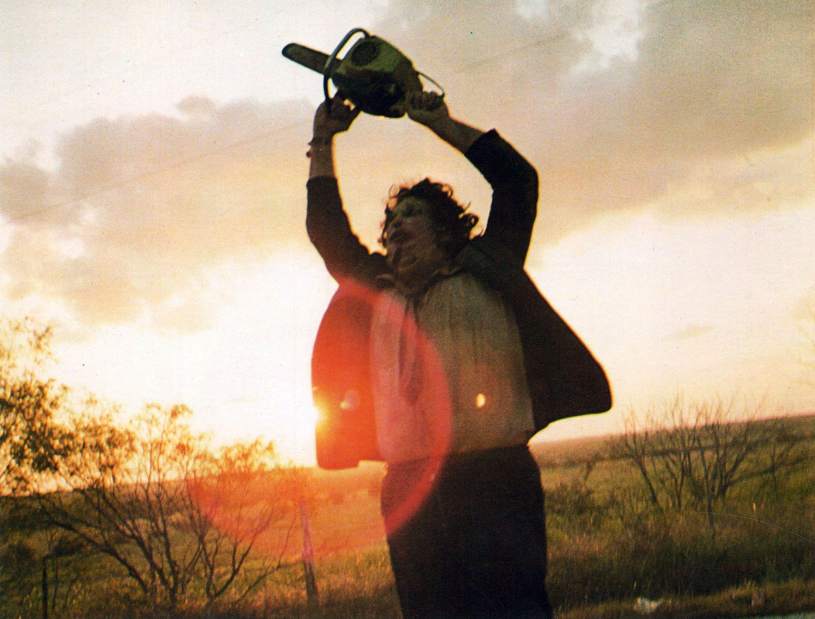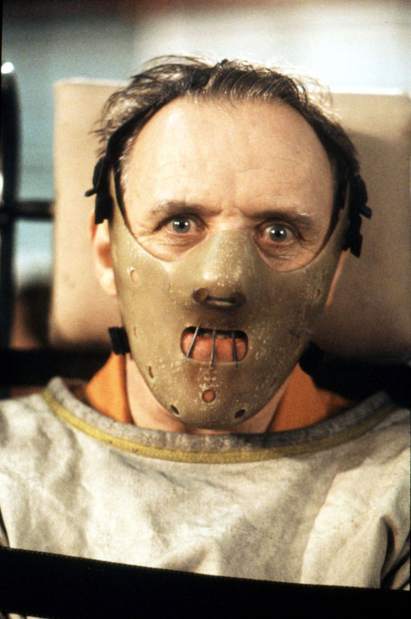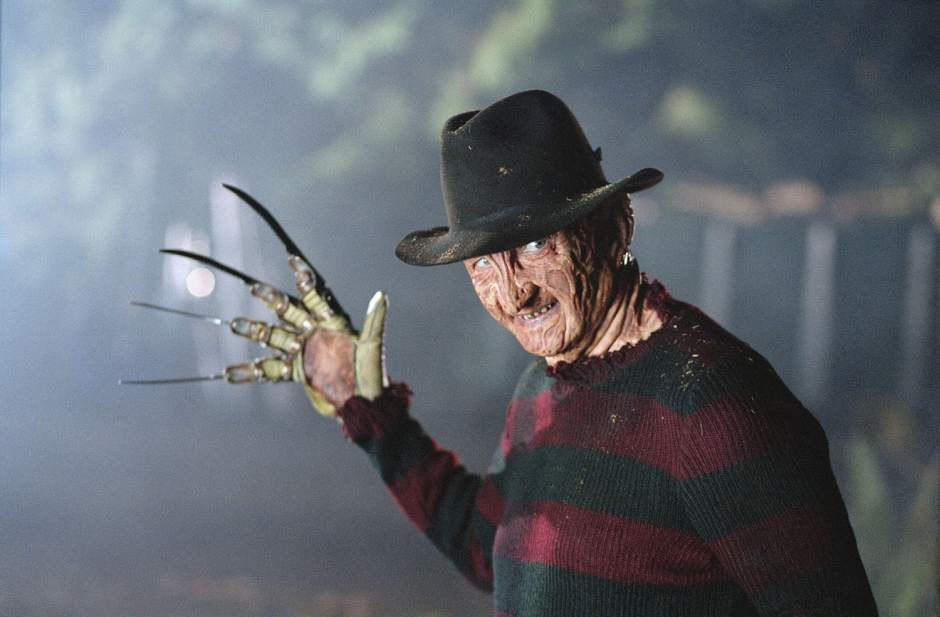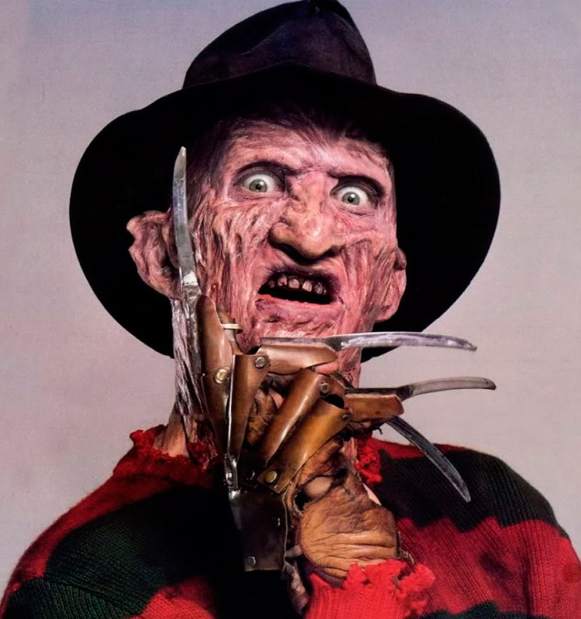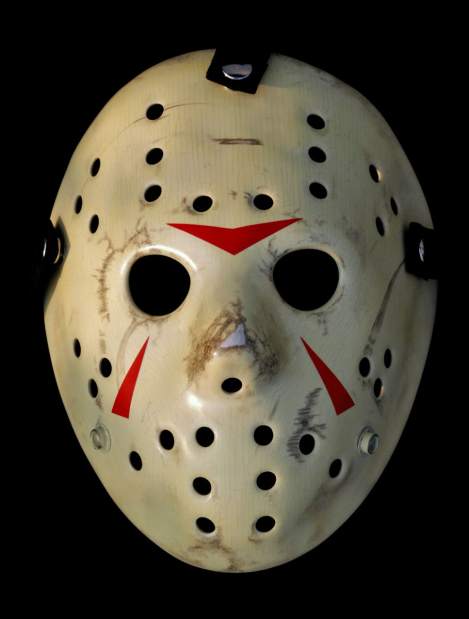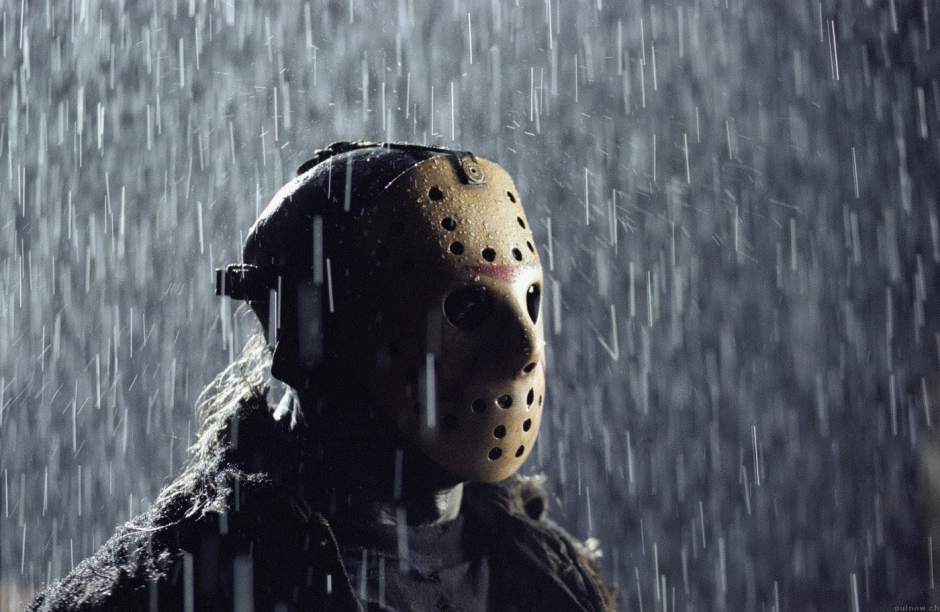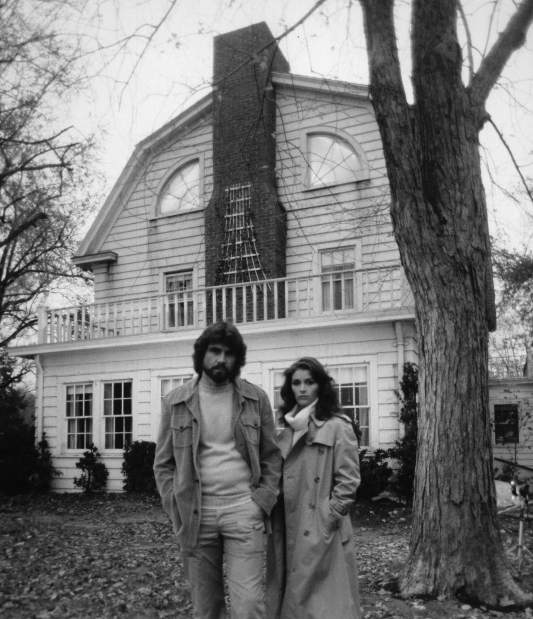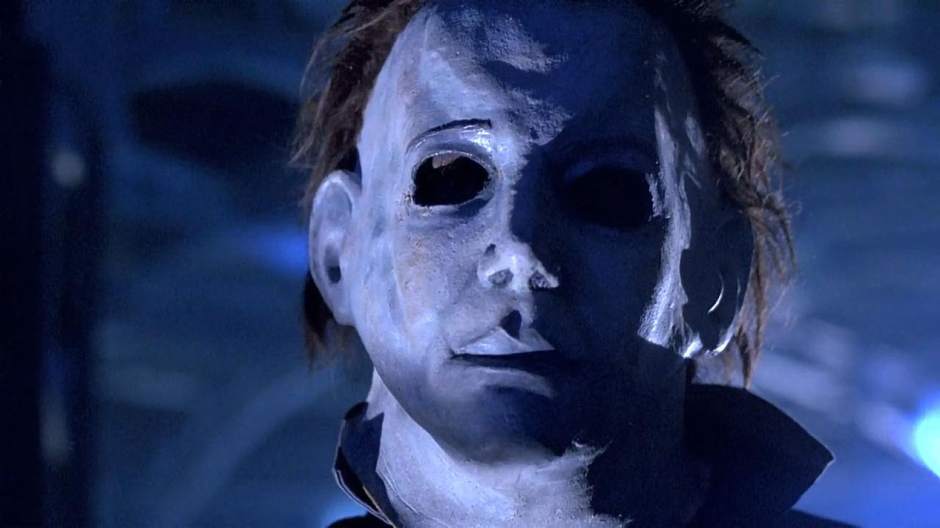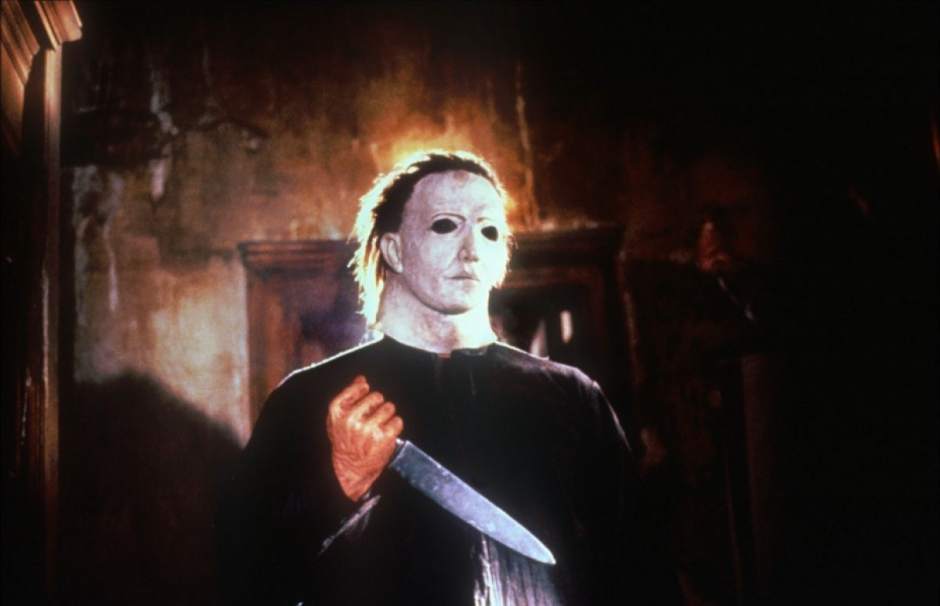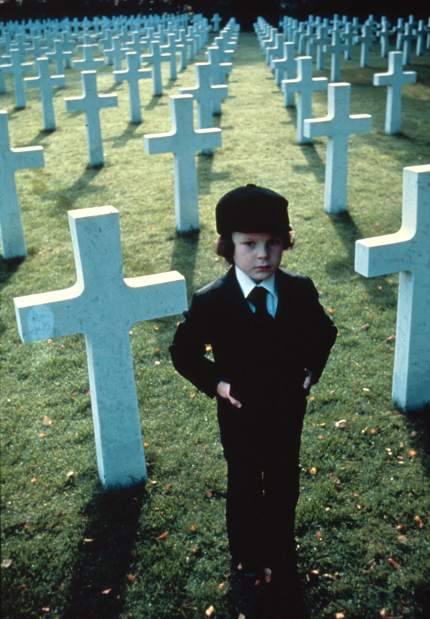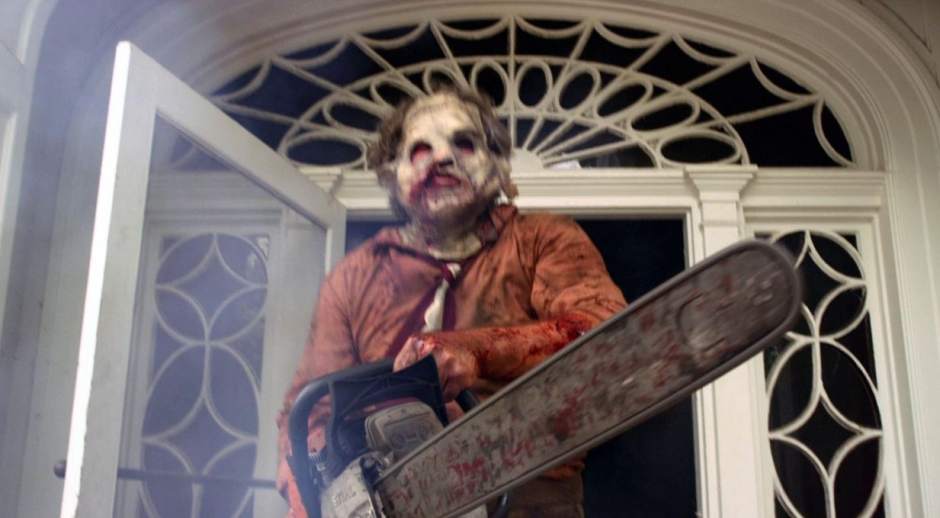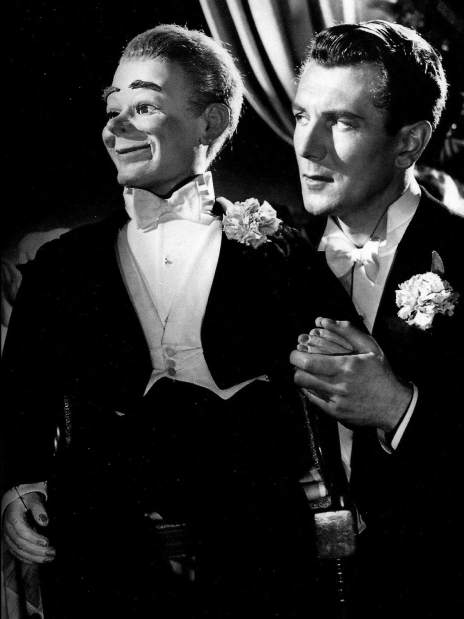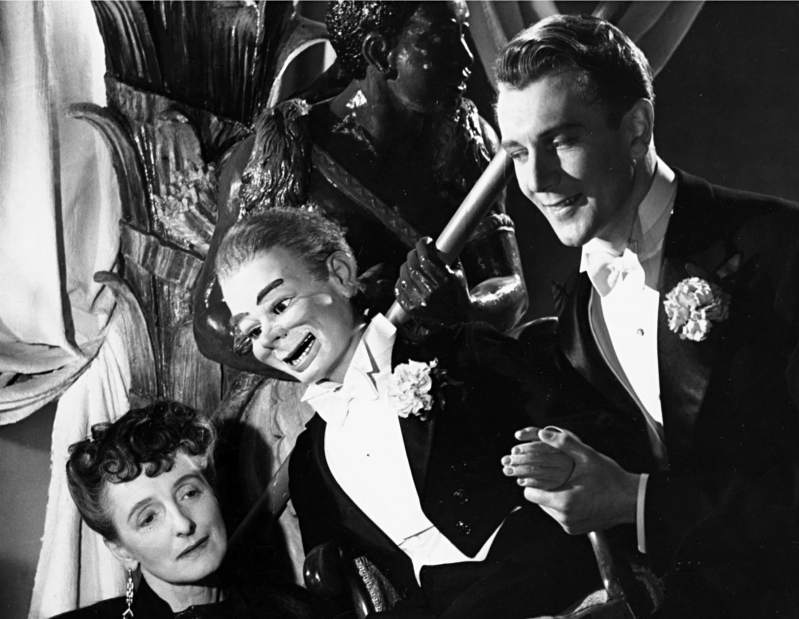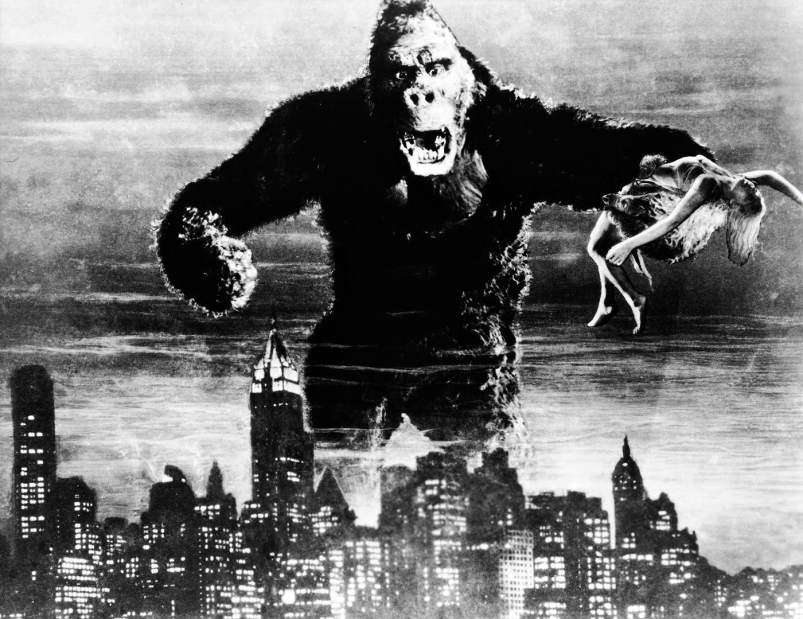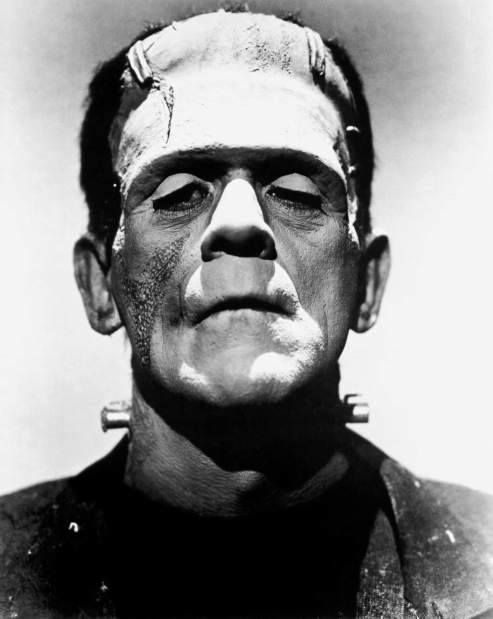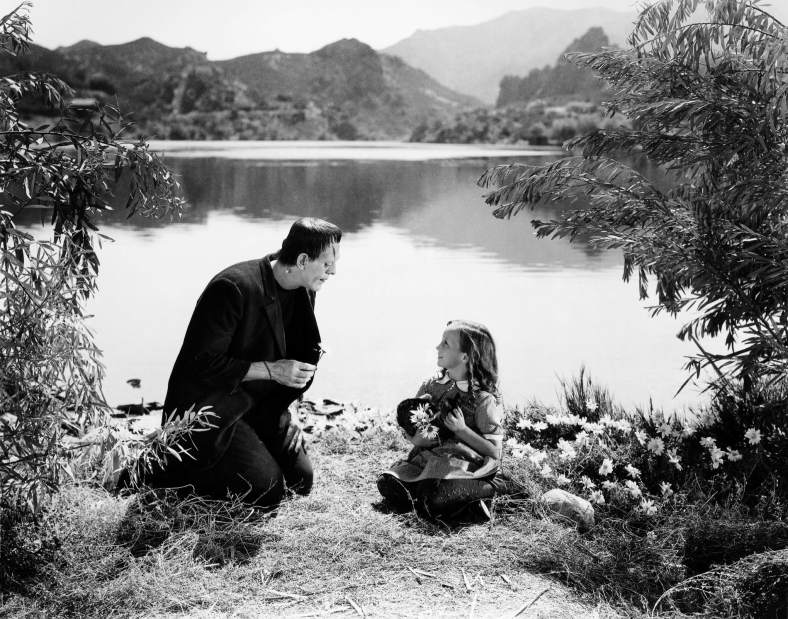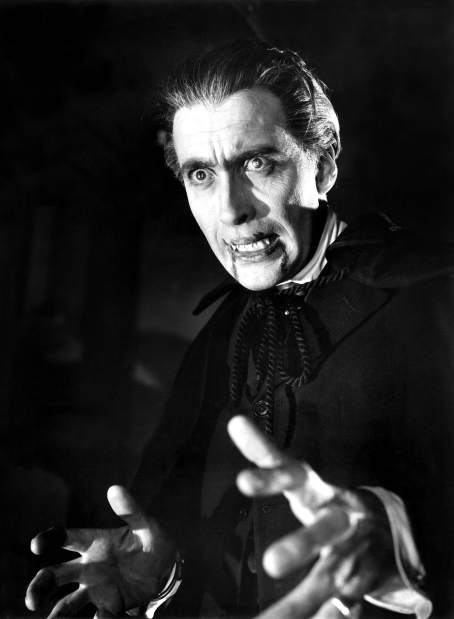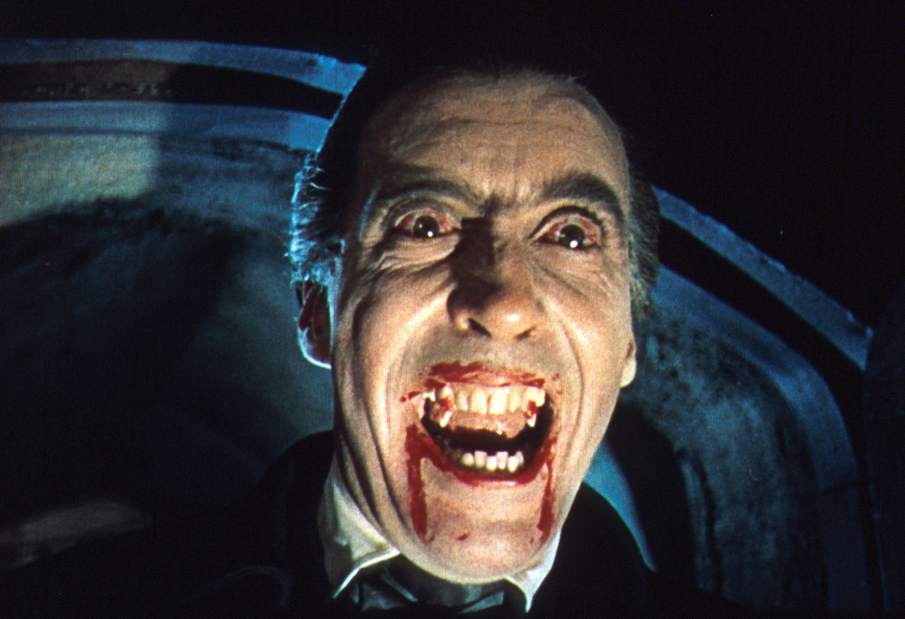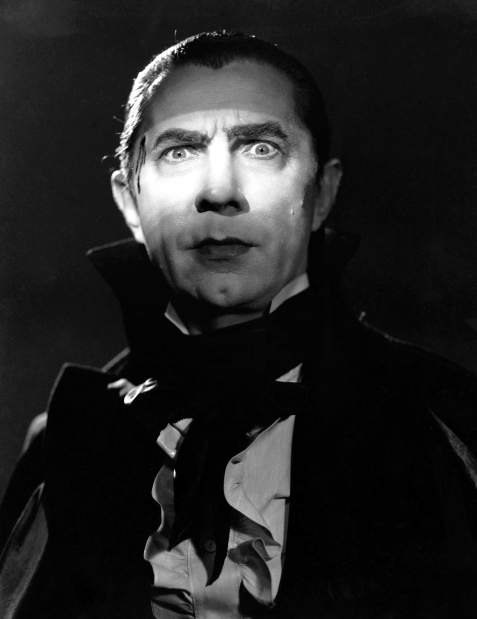The 13 most iconic horror film characters from the silver screen
They elicit screams of terror in darkened theaters and have become the stuff dreams are made of — if, by dreams, you mean nightmares.
In choosing the 13 most iconic movie monsters and mad men, we sought the advice of one such icon, Doug Bradley — the actor behind Pinhead from the “Hellraiser” film series and author of “Behind the Mask of the Horror Actor.”
Here, in chronological order, are the icons that made the grave — er, grade. The focus of the list is on individual characters, so despite it amounting to sacrilege in Pittsburgh, you will find no zombies here.
As with any list, there are those who will lament the omissions of personal favorites. Share your favorites below in the comment section.
Read on, if you dare. Or, as Pinhead would say, “We have such sights to show you.”
Dracula
First appearance, 1931
Dracula is one of the most portrayed literary characters on film, having appeared in more than 150 movies. Bela Lugosi is the actor perhaps most often associated with the bloodthirsty count, even choosing to be buried in the cape he wore in the films. The role was reinvented many times. From 1958 to 1974, Christopher Lee brought a seductive sexiness to the character in a series of Hammer Studios films with just the right amount of bite.
Frankenstein's Monster
First appearance, 1931
The misunderstood monster was the result of Dr. Frankenstein's “playing God.” Boris Karloff originated the role, and — despite not speaking a single word and wearing heavy makeup — he managed to deliver a performance filled with pathos and childlike innocence. We are left torn between fear and sympathy. The scene of the little girl's drowning at the monster's hands was so disturbing that the Pennsylvania State Board of Censors objected, and it was removed — making it the first horror film to be censored.
King Kong
First appearance, 1933
Transported from his home on Skull Island, the giant gorilla was the first movie monster to take on Manhattan. He was the first of the giant-size iconic movie monsters, preceding Godzilla by 21 years. His climb up the Empire State Building carrying the object of his affection, Ann Darrow, is one of the most memorable moments in cinematic history. In the end, King Kong proved his heart was in proportion to his size — for it was beauty that killed the beast.
The Wolf Man
First appearance, 1935
The character was introduced in 1935's “Werewolf of London,” but it was the 1941 Universal Studios release of “The Wolf Man” that catapulted him to stardom. Joining Frankenstein and Dracula, Wolf Man completed Universal's unholy trinity of classic movie monsters. Pulling from European folklore, the Wolf Man embodied the fears of many cultures.
Hugo
“The Dead of Night,” 1945
Long before Chucky, there was Hugo. Hugo was a ventriloquist dummy, one of the first in a long line of horrific dolls that come to life. As his lifeless eyes dart over, shifting his gaze, viewers realize with terror he is the one in control, not the ventriloquist. An inanimate lifeless creature brought to life is a recurring theme in horror, but no creature is quite so creepy as that doll sitting in the corner of the room just waiting for the right moment.
Leatherface
“The Texas Chainsaw Massacre” films, 1974-2013
Leatherface, inspired by serial killer Ed Gein — who also inspired elements of “Silence of the Lambs” and “Pyscho” — ushered in a new era of slasher films. The film is notable for its lack of blood and gore. Wearing a mask made from one of his victims, the cannibalistic chainsaw-wielding villain was the first to demonstrate that conventional power tools could be implements of terror. The film is sometimes credited for converting many people, including its director, Tobe Hooper, to vegetarianism.
Damien
“The Omen” films, 1976-2006
Sure, many parents will say their children act like little demons, but none compares to Damien. At first, he is unaware of his subconscious powers but soon begins to murder anyone who stands in his way. He is one of many terrifying film children of the '70s. Unlike Regan from “The Exorcist,” Damien is not merely possessed, he is the Anti-Christ. Makes you realize your kids aren't so bad after all.
Michael Myers
“Halloween” films, 1978-2009
The seemingly invincible character proved that evil never dies. One of several masked horror icons created in the late '70s and early '80s, Michael Myers' memorable mask was actually a Captain Kirk mask purchased for $1.98 then painted white. Myers' victims often were teenagers who engaged in activities such as sex, drugs and alcohol use — making him an early proponent of 1980s conservative family values.
The Amityville House
“The Amityville Horror” films, 1979-2013
The house at 112 Ocean Ave. is one of the most iconic homes in America. Houses have been a part of horror's iconography since the beginning of the genre, with George Lemies' “Le Manoir du Diable” (“The Haunted Castle”) in 1896. From the ominous Bates house to the Hill House in “The Haunting,” none stands out like the Amityville House. With its quarter-round attic windows gazing down omniously, it is best to heed the warning to “Get out!”
Jason Voorhees
“Friday the 13th” films, 1980-2009
The character barely makes an appearance in the first film, and he did not gain his trademark hockey mask until “Friday the 13th Part III”! By the 13th film, this speechless, machete-wielding killing machine had racked up the highest body count — more than 300 victims — of any horror icon.
Freddy Krueger
“Nightmare on Elm Street” films, 1984-2010
“One, two, Freddy's coming for you.” Freddy was a vile creature, a child killer who gets away with murder before he is hunted down and burned alive. His bladed glove haunted our nightmares, literally. The wise-cracking villain leapt off the screen and appeared in music videos, video games, a TV series and comic books, taking on a life of his own. He is at his most terrifying in “Nightmare on Elm Street 3: Dream Warriors.”
Hannibal Lecter
First appearance, 1986
Hannibal the Cannibal has appeared in five films, most notably the Academy Award-winning “Silence of the Lambs,” which was partially filmed in Pittsburgh. He is a pure psychopath with a refined taste for art, wine, music and his victims. Unlike many movie “monsters,” his power is not derived from supernatural or superhuman qualities, but from a keen manipulative intellect. While polite in manner, at any moment he might devour your liver with some fava beans and a nice Chianti.
Pinhead
“Hellraiser” films, 1987-2005
The cinematic cenobite was an intentional departure from the mindless, voiceless, slashing killing machines of the ‘80s, such as Jason and Michael Myers. Summoned by the lament configuration, he is articulate, intelligent and persuasive. His ability to summon chains that rip his victims apart revealed the sado-masochistic theme of the films.
Joe Wos is a cartoonist, pop culture historian and writer living in Penn Hills.

